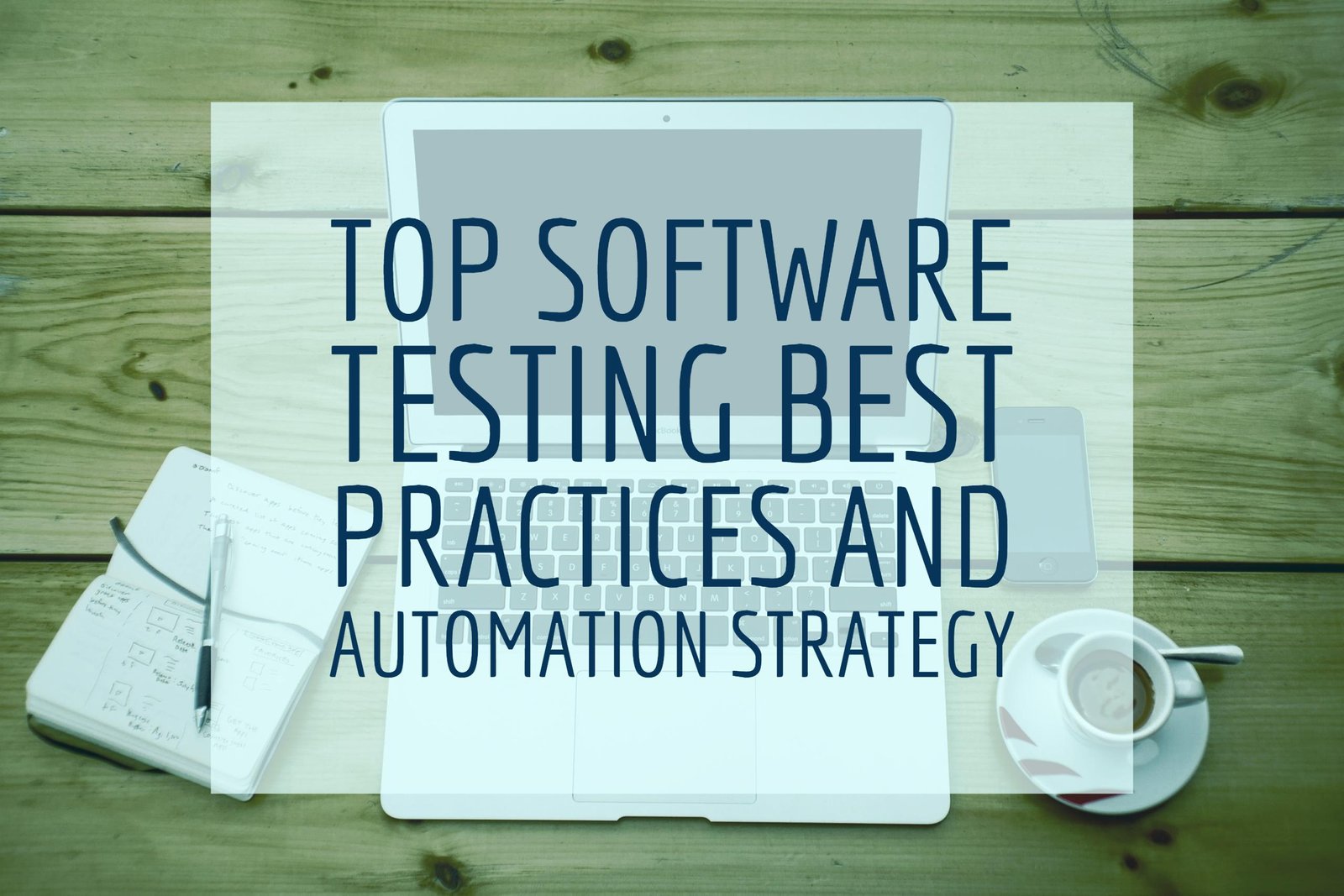Test Automation Services and Tools are much hyped by our software testing and quality assurance industry. They are an integral part of our enterprise application development lifecycle. With the automation testing becoming an essential part of our software testing life cycle (STLC), from business owners to customers, various people are involved in this whole cycle.
Understand what is expected out of software testing since recent years?
Let’s understand for whom the software is being tested and what are their expectations out of the software testing processes for a few recent years:
- Business Owners expect to introduce testing various fragments of the software along with the detailed and high-level product reports.
- Business development team needs to have clear information on what the software development requirements were made and what exactly the software consists of. Also, they need to be aware of what all resources are available, how much time can be taken into consideration for project delivery, etc.
- Software development team needs to provide confirmation of a bug-free software which is developed by them and every build that they release is working perfectly fine.
- Software testing & quality assurance team needs to implement automation to help them improve their test coverage, find bugs faster & easily and to verify the build stability.
- Software proprietors want detailed reports on requirements versus actual software, quality of the software and verification on how much worth the software is compared to its value.
All these people want the software to be tested, but, sometimes and somehow, they are unable to add value to the software through software testing or involving automation.
Introducing Automation in Top 7 Traditional Software Testing Best Practices
Let’s have innovation in automation with our old-school software testing best practices followed for years to add value to the software:
- Software Requirement Specification (SRS) phase – While preparing this document of SRS, the scope of activities can introduce the test automation opportunities. Here, one more document can be prepared for internal purpose to list down the various test scenarios that can be tested using automation testing for a software being developed.
- Testing Criteria for Entry-Exit Points – Understand your software application being tested completely. Here, we do take care of when and how the testing of a particular testing phase will start and end. So, this will help us to decide how and which automation testing framework can be involved for a particular testing stage.
- Checking for Bugs – Every time, it is not necessary to ask the other members of a software development team to inspect the software application for errors as they might skip to test a few scenarios as per the user’s requirements. Rather, we can involve dedicated software testing, QA and test automation teams by outsourcing your software testing processes to a leading software testing company.
- Automation for Cross-Platform Testing – There are various test automation tools which support headless testing. Headless testing avoids graphical user interface while performing web testing across various browsers & platforms.
- Automation for Nightly Builds – Earlier, we used to run nightly builds to track the bugs. But, nowadays, it is feasible to introduce bug tracking tools in your test automation strategies. You can also opt for a test automation tool that supports the bug tracking tools of your choice, whether it is JIRA, MANTIS or any other.
- Not Just Usability Testing – There had been many myths surrounded around test automation. But, we should use automation in a more optimized way. Yes, definitely for usability testing, but, other than that, the user interface (UI), database, regression testing, web service needs to be automated
- Automated End-to-End Testing – We have seen a great demand for end-to-end testing by many B2B companies now. And, automating end-to-end testing ensures that the application functions appropriately and accurately according to the real user scenario.
Best Test Automation Strategy for Coming Years (2017 & Beyond)
Among the top 5 recommendations of the World Quality Report of 2017, one recommendation is adopting Agile & DevOps with focusing on automation and Shift-left testing.
Now that we have discussed how automation can accelerate the best practices of software testing, let’s discuss the best of all test automation strategy to look for in the coming years.
- Automation Planning: Firstly, we need to plan out the test automation processes. Previously it was next to impossible, but now, you can think of automating the complete application with the proper test automation planning. This includes estimation, project deadline, test schedules, automation environments and other planning related activities.
- Automation Architecture & Framework Creation: Scripting knowledge is very much important to automate any application testing. But, working on selecting the appropriate automation framework becomes mandatory. We need to be prepared with well-designed automation architecture and integration with the various 3rd party tools for CI/CD & more, which will help us to execute automation testing. We need to write reusable components & methods here.
- Automation Test Case Creation & Execution: Once, we have decided on the test automation framework, we can start with creating actual automation test cases. Also, priorities can be set to check on the important test cases compared to other test cases based on project complexities. Once, test cases are developed, they are taken up for execution on various browsers and platforms to check its stability.
- Automation Tests Maintenance & Monitoring: Reporting is a crucial factor in test automation. But, reporting via test automation tools can be quite useful. But, we need to verify the execution logs and reports. Defects are logged into the bug tracking tools along with the screenshots. So, after this, we need to enhance our test cases & test automation frameworks in this phase.
Final Thoughts
We have always known the importance of software testing, but, we had never thought of optimizing our traditional software testing practices. Enterprises have now started investing into software testing services and test automation. We need to go back and give a deep thought on how we can accelerate our software testing processes with the help of automation testing.
What’s your take on introducing automation into top software testing best practices and test automation strategy for your projects? Do share your views in the comment section below.





